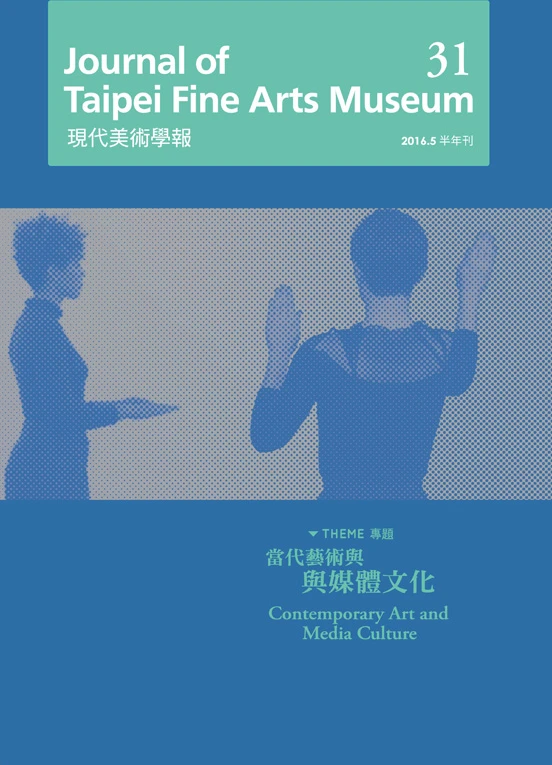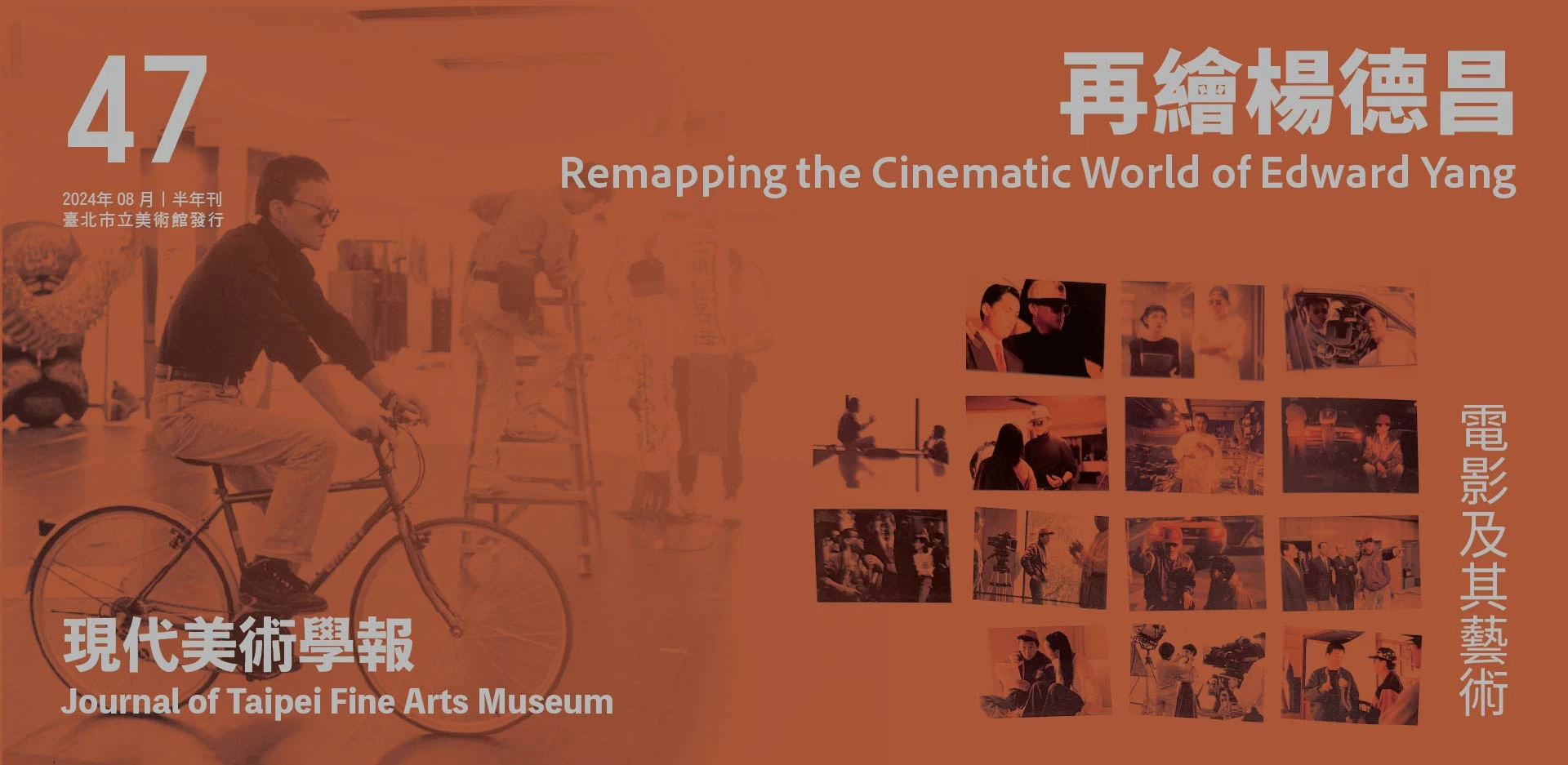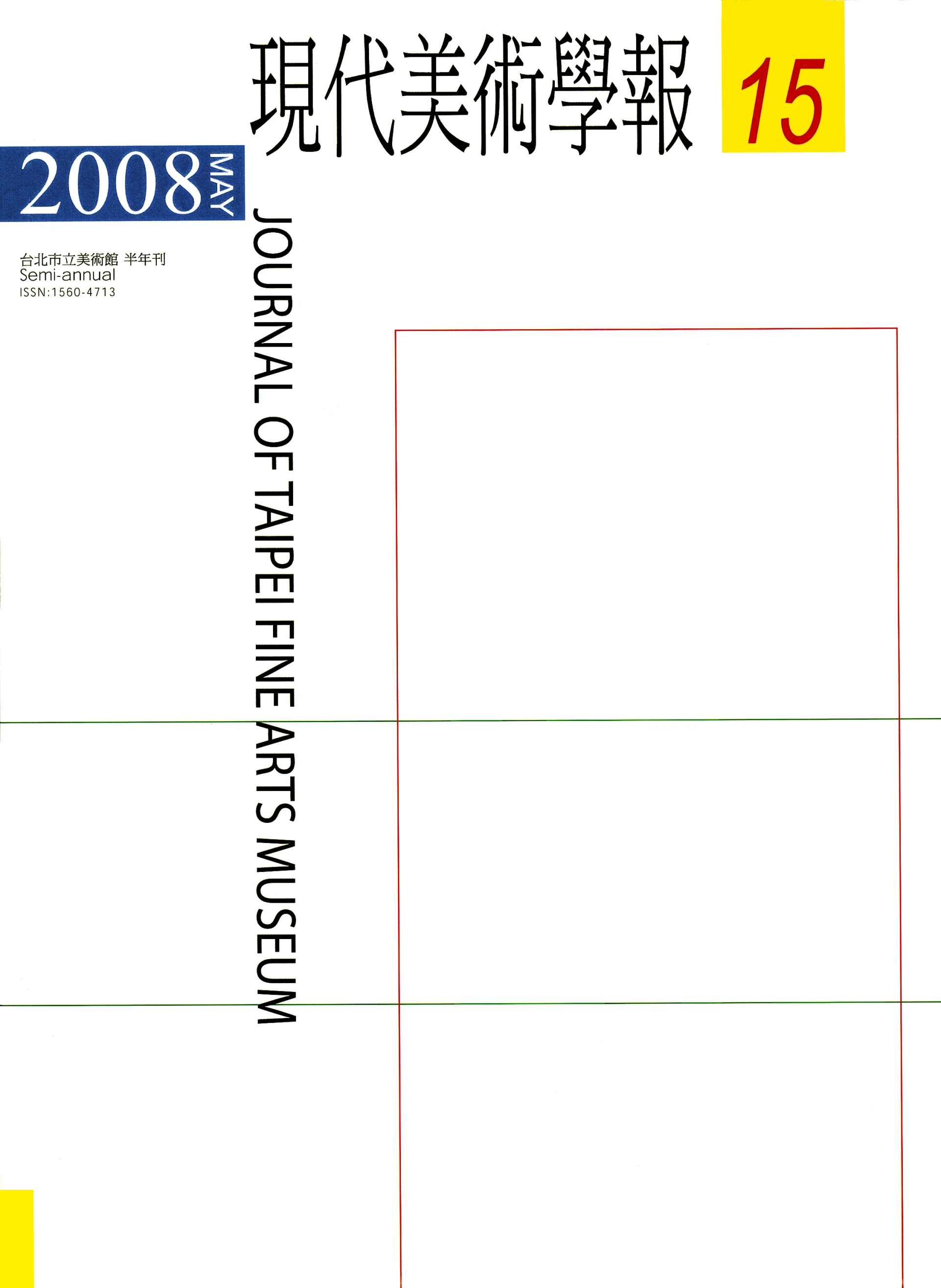摘要
在「靈光消逝」的論述中,班雅明(Walter Benjamin, 1892-1940)遵循馬克思主義的歷史唯物論,探討做為下層建築的機械複製技術,對做為上層建築的藝術所造成的影響。對他而言,機械複製技術對藝術的複製,以及以機械複製技術製作的電影藝術,將衝擊藝術的靈光效應,賦予藝術以社會功能。對此,洪席耶(Jacques Rancière, 1940- )認為,在藝術的美學體制出現之後,才可論及,以機械複製技術的藝術提升無名者的社會功能。因此,班雅明的論述邏輯應該被逆轉。此外,葛羅伊斯(Boris Groys, 1947- )也提到,在現代意義上的藝術出現之後,藝術以其無用價值,得以視現實為失效。這種美學化無關特定的政治傾向。因此,班雅明將其聯繫著特定意識形態的做法,顯得過於偏頗。當分析與比較以上論點時,可以發現,班雅明的「靈光消逝」以及洪席耶、葛羅伊斯對班雅明的批評,分別代表否定與肯定藝術自主性的美學立場。探討其間差異,將有助於思考藝術與現實的關係。
關鍵詞
靈光消逝、藝術的美學體制、現代意義上的藝術、藝術自主性
Abstract
In "The Decline of the Aura," Walter Benjamin (1892-1940) follows Marxist historical materialism and examines the impact of mechanical reproduction technology as a substructure on art as a superstructure. For him, the reproduction of art by mechanical reproduction technology, and the cinema made by mechanical reproduction technology, would impact the aura of art and give art a social function. In this regard, Jacques Rancière (1940- ) argues that it is only after the emergence of aesthetic regime of the arts that the social function of the art made by mechanical reproduction technology to promote the anonymous can be addressed. Therefore, the logic of Benjamin's thesis should be reversed. In
addition, Boris Groys (1947- ) also mentioned that after the emergence of art in the modern sense, art, with its useless value, is able to recognize reality as already failed. This aestheticization has nothing to do with a specific political inclination. Benjamin's association of it with a specific ideology seems then too biased. When analyzing and comparing the above arguments, it can be found that Benjamin's "The Decline of the Aura" and the criticisms of Benjamin by Rancière and Groys represent the aesthetic positions of denial and affirmation of the autonomy of art respectively. Exploring the difference between these two positions is favorable for understanding the relationship between art and reality.
Keywords
The Decline of the Aura, Aesthetic Regime of the Arts, Art in the Modern Sense, the Autonomy of Art






